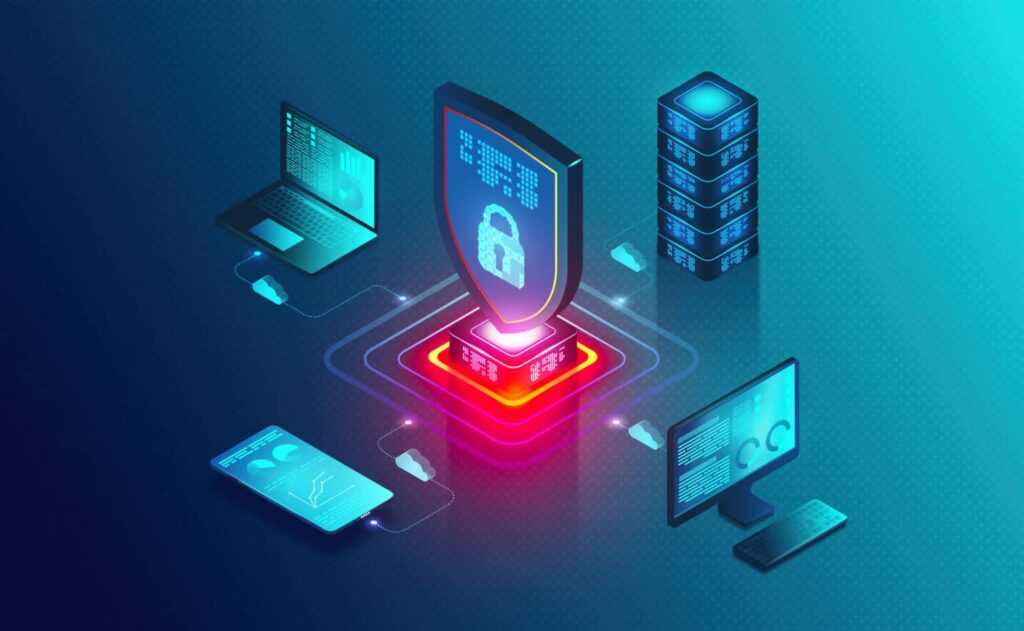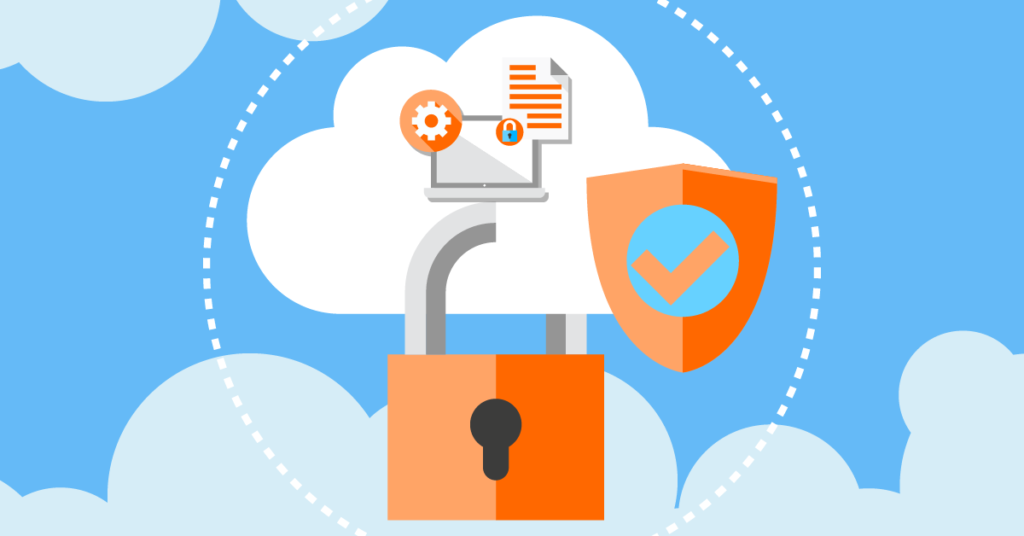Overview of the Cybersecurity and Data Protection Workshop
Venturing deeper into the content of the recently concluded, exploratory workshop, it’s imperative we delve into its key aspects. We’ll shed light on the fundamental objectives and target audience, along with providing you with an overview of the workshop’s structured timeline.

Key Objectives and Target Audience
At its core, the workshop aimed to instigate an awareness of the possible online threats. It also focused on enlightening individuals on effective methods of protecting critical data. Primarily, the workshop was crafted for tech enthusiasts, business owners, and IT professionals. These are the individuals who, on one hand, are keen on expanding their understanding of cybersecurity and data protection, while on the other, hold responsibility for safeguarding their businesses or client data.
Workshop Structure and Duration
Crafted meticulously, the workshop unfolded over the course of three days. Day one dealt with understanding the current landscape of cyber threats, while day two took a more technical approach, learning about the various safeguarding techniques. The final day focused on applying these techniques to real-world scenarios, acting as a rehearsal for potential cyber-attacks. This structure ensured that the participants got to gain not just theoretical knowledge, but also a fair share of practical wisdom. This encouraged an actionable understanding of the concepts, fortifying the training’s overriding objective – to bolster cybersecurity and data protection measures.

Key Modules and Learning Outcomes
Bearing the objectives of the workshop in mind, three key modules form the core of the programme. Let’s delve deeper to understand their significance.
Understanding Cyber Threats
In this module, participants glean insights into the varied landscape of cyber threats. Emerging threats such as ransomware, phishing, and advanced persistent threats (APTs) are unravelled, creating clarity around the risks lurking in the digital world. Accompanying these, older threats like malware, trojans, and DDoS attacks find a mention, completing the panorama of potential hazards. Essentially, this module arms the individuals with a robust comprehension of cyber threats.
Implementing Effective Data Protection Strategies
Dealing with cyber threats isn’t all about understanding them—it’s also about counteracting them. It’s all right here in the second module, where attendees learn about curbing the risks associated with these threats. Here, they learn to devise robust data protection strategies using defence tactics such as encryption, two-factor authentication and secure data backups. It’s about ensuring they walk away with a fortress of knowledge to protect their data.
Real-World Applications and Case Studies
To add a layer of practicality, the final module focuses on real-world applications and case studies. In this module, individuals envision scenarios where their new-found knowledge is put to the test. They’re presented with various case studies exploring historical cyberattacks and successful defence strategies. It ties everything together by showing the application of theoretical knowledge in practical scenarios, thereby enhancing their understanding and enabling them to tackle similar situations in real life.
Interactive Sessions and Hands-On Training
Making sense of cybersecurity and data protection, I’ve turned the spotlight on interactive sessions and hands-on training. These play a pivotal role in translating knowledge into practice.

Role-Playing Scenarios and Attack Simulations
Being part of role-playing scenarios and attack simulations offers a realistic understanding of daunting cyber threats. Participants, wearing the hat of both hackers and defenders, develop an insightful perspective. For instance, during a phishing attack simulation, participants handle unexpected cyber incidents, recognize phishing emails, avoid deceptive practices, thus improving their knowledge on how hackers strategize these attacks.
Group Projects and Collaborative Learning
In group projects and collaborative learning, the participants engage in a team, employing strategies to build robust cybersecurity shields and tackle ongoing cases. An example could be creating cyber defense systems considering the case of recurrent ransomware attacks. In this setting, participants build, test, and iterate watchdog systems, employing measures like firewalls, secure network protocols, and two-factor authentication. This group-based learning environment facilitates the experience of working in an interactive scenario, mirroring real-world cybersecurity teams.
Expert Speakers and Panel Discussions
Detailing the recent workshop’s offerings further, I’m thrilled to dive into the expert-driven panel discussions and insightful interlocution sessions that enlightened numerous participants.

Insights from Cybersecurity Professionals
A diversity of distinguished speakers graced the event, bestowing a ripe blend of insightful narratives and seasoned perspectives on cybersecurity. Cybersecurity Professionals, with their myriad experiences, brought light to contemporary data threats and transformational mitigation techniques. Each professional shared experiences dealing with significant cybersecurity incidents, e.g., spear-phishing attacks, ransomware threats, reinforcing the importance of adopting robust security measures. They earnestly emphasized the multi-faceted nature of cybersecurity, incorporating elements of psychology, technology, and policy-making.
Q&A Sessions with Data Protection Experts
Complementing the valuable insights from cybersecurity professionals, data protection experts took centre stage in the Q&A sessions. These engagements provided attendees the opportunities they craved for, unearthing the intricacies of crucial data protection practices, like data encryption and regular data backups. Experts answered queries, ranging from the optimal use of encryption algorithms, such as RSA and AES, to the fine-tuning of data access controls. They particularly stressed the Preferential Defence Model, prioritizing defending the most sensitive data. Importantly, they underlined the necessity of keeping abreast with the evolving landscape of data protection laws, explaining nuances of regulations such as GDPR and CCPA.
Participant Feedback and Workshop Impact
Appreciation echoed from the workshop attendees, and the ripple effects have easily been noted in the cybersecurity realm. Let’s delve into the testimonials and how attendees remain linked to resources even after the workshop.

Testimonials and Success Stories
Participants emerged with a newfound understanding of cybersecurity and data protection, borne out by their testimonials. Notably, one business owner elaborated on significant changes implemented in his company’s cybersecurity structure following the workshop, citing a decrease in cyber threats by over 40%.
Moreover, a tech enthusiast conveyed her enthusiasm for data protection laws such as GDPR, through her blog posts that reach thousands of readers, due to the profound knowledge she gained at the workshop.
It’s also worth shedding light on a cybersecurity officer, who, inspired from the workshop, incorporated psychology lessons into his team’s framework. He declared a significant drop in phishing deduced from the fact they’ve needed to enact their incident response plan less frequently.
Post-Workshop Support and Resources
Measurable impact extended beyond the close of the workshop, thanks to a myriad of resources which attendees carry with them. Chiefly among them, the continuation of concern-specific forums started during the workshop.
These online spaces facilitate continued interactions with cybersecurity and data protection experts, enabling participants to pose follow-up questions and address arising issues. Plus, attendees have been granted exclusive access to a digital library stocked with updated research papers, industry reports, and cutting-edge tools and frameworks.
Lastly, be aware of the provision for monthly webinars. Experts guide these webinars, keeping participants updated on the latest trends and threats in cybersecurity and data protection. This association continues to cultivate the knowledge shared at the workshop and strengthen each participant’s capabilities in their respective fields.
